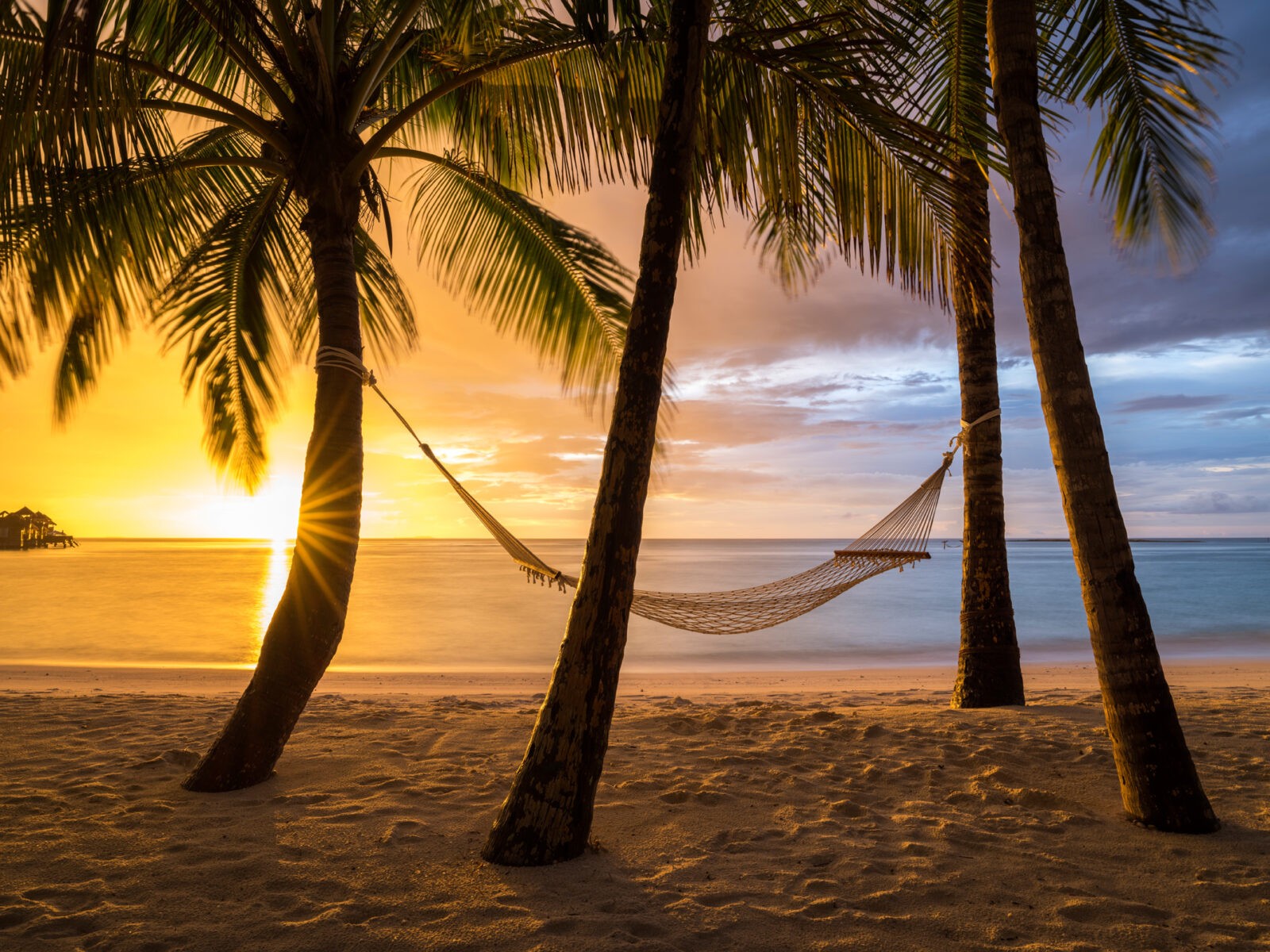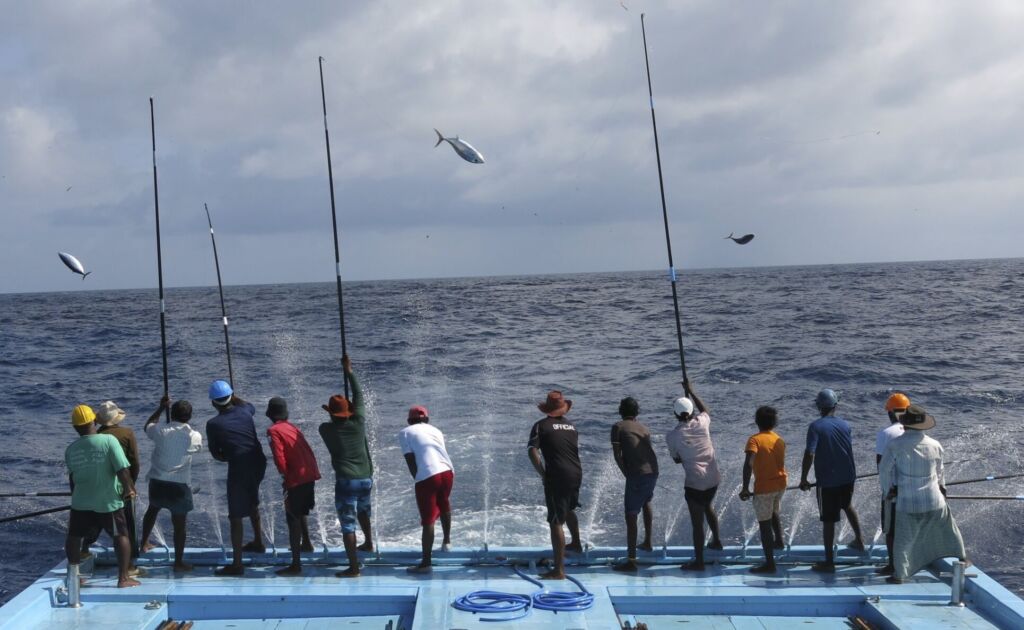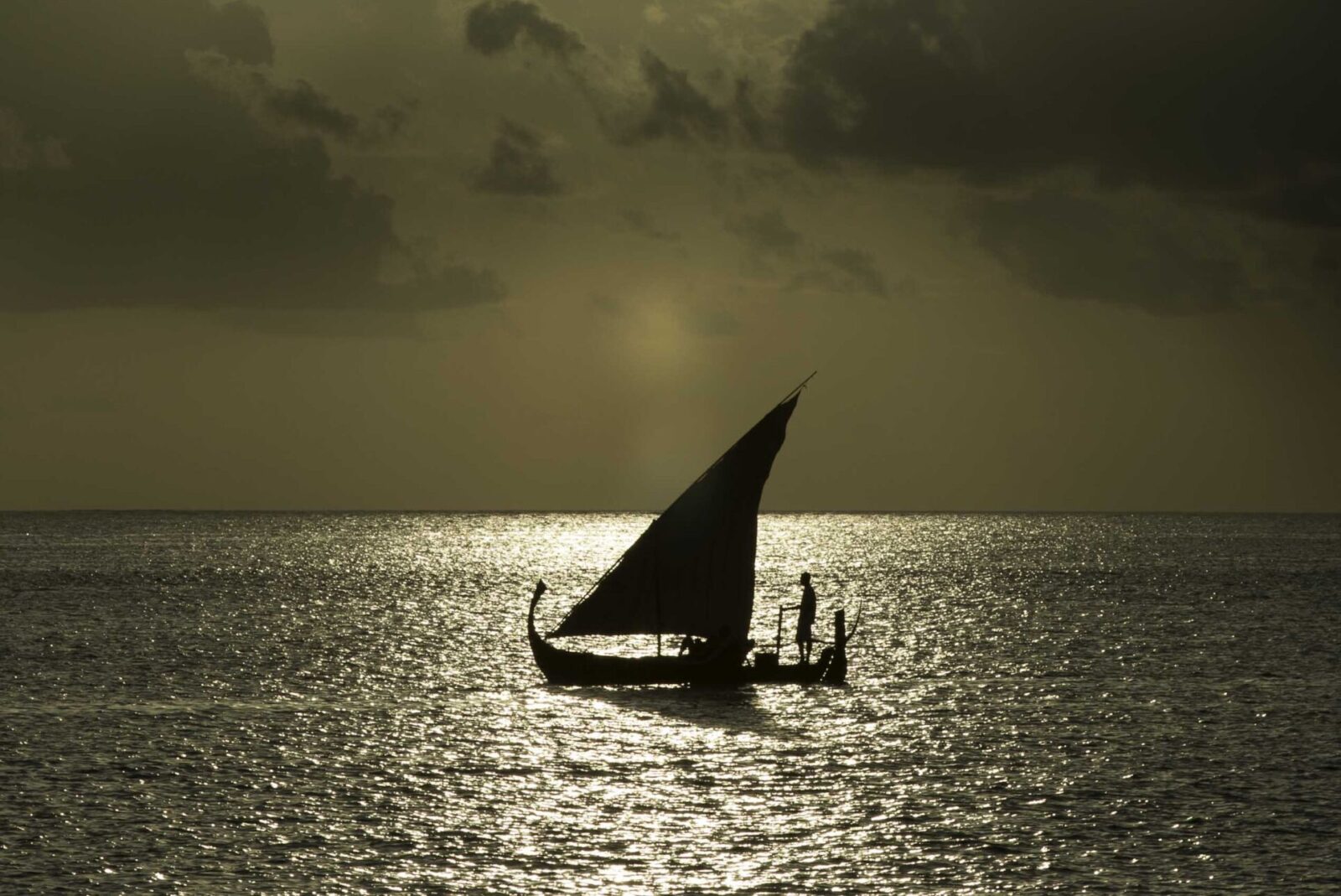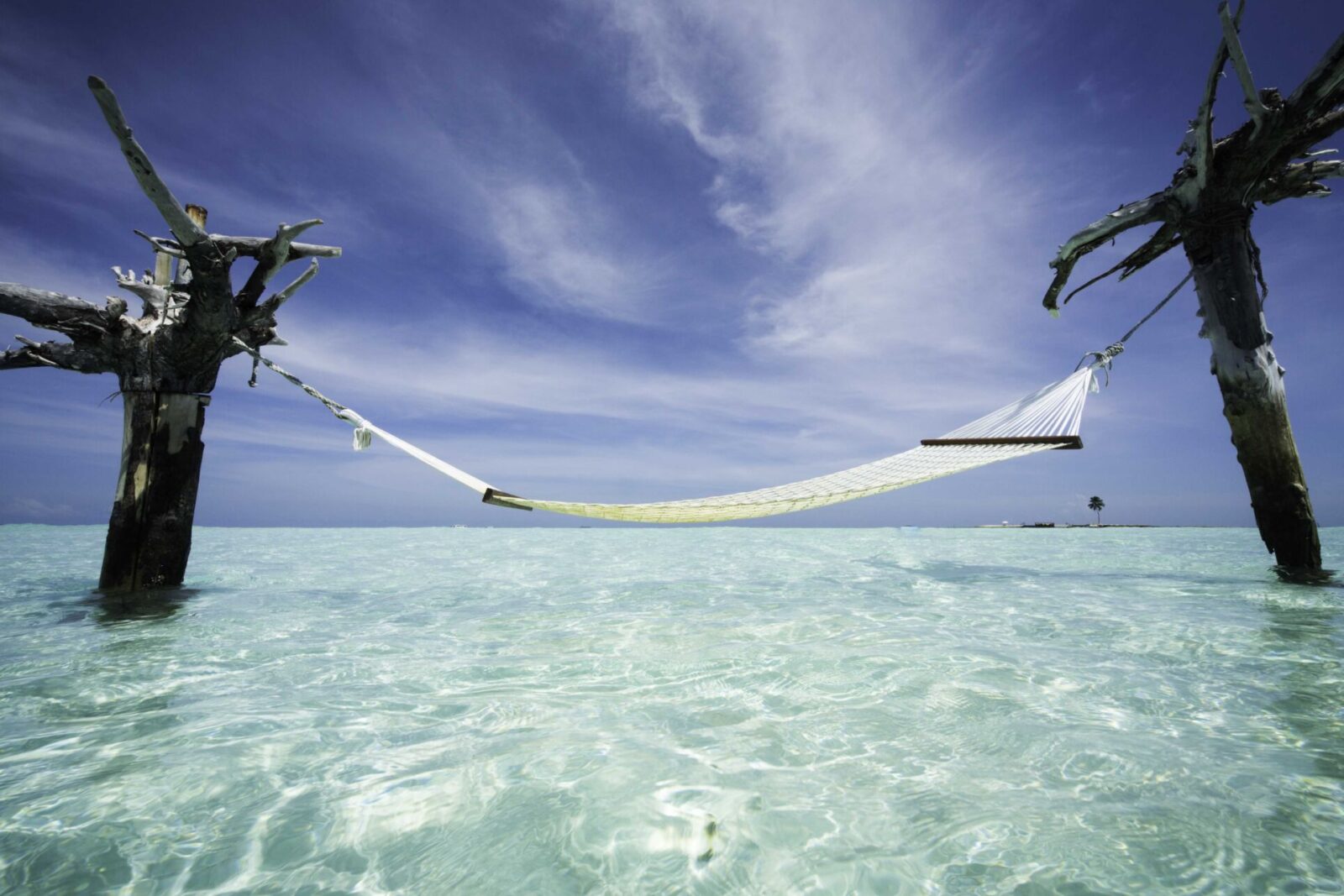There is no place on Earth where the existence of humanity is tied more closely to the bounties of the Big Blue than the Maldives, a country that consists of 99% ocean. Tourists flock from all over the world for the marine biodiversity and to see the breathtaking turquoise lagoons, and fishermen traverse the seas in search of tuna populations, which are fished sustainably using the pole and line method. Together they form the two largest economic industries, tourism bringing in 28% of the GDP in 2019, totaling USD 3.2 billion in foreign receipts, and fishing accounting for 6% of the GDP.
Given this year’s World Oceans Day theme ‘life and livelihoods’, we will be diving deeper into (pun most definitely intended) the relationship the people of the Maldives have had with the ocean. Whether they were the earliest settlers around 2500 years ago, making a living off trading fish and coconuts, or modern day Maldivians, capitalising on the advent of tourism in the early 70s –their livelihoods have always been closely intertwined with the ocean and what it provides.

Myths of the first settlers
Maldivian folklore illustrates the dependence of the Maldivians on the coconut tree and tuna fish, which are both gifted by the sea. A legend says that the first inhabitants of the Maldives perished in high numbers, but that a sorcerer made coconut trees grow out of the skulls of the buried deceased people. This is why coconuts have an anthropomorphic origin according to Maldivian lore, and as a result the Dhivehi word for both skull and coconut shell is the same: naashi. That also brings us to a quick side note on how coconut trees REALLY ended up on the Maldivian islands. Considering all islands in the Maldives started off as sandbanks that sprang from shallow lagoons, it means all the original vegetation has had to come in by sea. Coconuts from distant lands would wash up ashore and eventually sprout into the tall fronds that are so characteristic of our islands.
The tuna fish are said to have been introduced to Maldivian waters by a mythical seafarer known as Bodu Niyami Kalefanu. He visited a mythical tree at the end of the world called Dagas and brought back the fish that have been valuable to the Maldivians since time immemorial. Tuna, along with coconut products, were the main items traded for centuries. Traders would head for Sri Lanka on sailboats during the southwestern monsoon and trade their products for island necessities like rice and oil; items that could not be cultivated on the coral islands. Nowadays, tuna exports account for 6% of the GDP and the fishing industry employed nearly 17,589 people in 2017 (FAO, 2021). And besides being an important product for trade, the fishing sector is also the main domestic food provider to a nation that has the highest fish consumption in the world: around 142 kg per person per year (FAO, 2021)!

Image: The Maldives Expert
A seafaring nation
Life in the Maldives would have been next to impossible if it wasn’t for the well-established trading routes to India and Sri Lanka (or Ceylon, as it was known as during those times). Unlike Polynesia, where there is a custom of eating raw fish, Maldivians have always cooked everything they caught, meaning they required cooking pots. Since the Maldives does not have any of its own clay or rock geologically speaking –only coral rock and its derivatives– such materials had to be brought in from abroad. When the first settlers lived in the Maldives, by some accounts as early as 2,500 years ago, they would sail to Sri Lanka during the southwestern monsoon and trade tuna and coconut products for items like clay pots for cooking, textiles, rice, sugar and oil. There being no clay for pottery and no mines to obtain metals on their coral islands, this was an obligatory yearly tradition that enabled the Maldivians to sustain their way of living.
Besides being required for survival, the yearly trade gave vitality to island life. The run up to the departure was an exciting time, and women would prepare dried tuna, sweets made from palm sap and mashed screwpine (keva aros), and rope (coconut coir) for the journey. The fish would be quartered and sliced before being boiled in salted water and dried. A certain fungus would cover the fish during this process, which would prevent it from spoiling. Any leftovers could be sold once they reached the shores, as this type of preserved tuna was in great demand in Sri Lanka, where it was known as ‘umbalakada’.
Sailors would depart from the Maldives at the beginning of September, after the initial storms of the southwestern monsoon had passed. It would take around a week of relaxed navigation to reach the shores of India or Sri Lanka on 14 meter long wooden sailboats. The return journey with the NE trade winds in December was a much riskier undertaking, since the low-lying archipelago is easy to miss if the boat approached the wide channels between the atolls at night. If this happened, it would have been difficult to turn around and tack against the prevailing wind and current, given the vessel was so heavily laden and unwieldy. Since there is no land for thousands of miles westwards, a ship going off course could end up very far away without any news of their fate ever again.

Tourism as an ‘ecosystem service’
Tourism in the Maldives didn’t start until 1972. Earlier in the 1960s, a United Nations mission on development claimed the islands in the Maldives were unsuitable for tourism. However, after the first resort opened in 1972, tourism has flourished. There are currently over 132 resorts located on private islands in the different atolls. In 2009, the government made the decision to open up the local islands to tourism as well, which saw the development of guesthouses. Previously, tourists could visit the local islands, but not stay among the local population.
In 2019, the Maldives welcomed 1.7 million visitors to the country, who all made the journey over to witness the glitter of turquoise lagoons, lie on the sun-drenched beaches, or immerse themselves in the deep blue with scuba or snorkel gear. It is safe to say that the Maldives would have been a very different place if it wasn’t for nature’s bounty, whether in terms of fishing or tourism. While we derive a clear economic benefit from the natural world, there are many other ways in which nature provides us with ‘value’. This includes extreme weather mitigation, clean air, but also mental and physical well-being –benefits that are more difficult to quantify with a price tag. Together, these benefits are known as ‘ecosystem services’. So on that note, we’ll end this tale of the Maldivians and the ocean here. What kind of service has the ocean provided you with?
